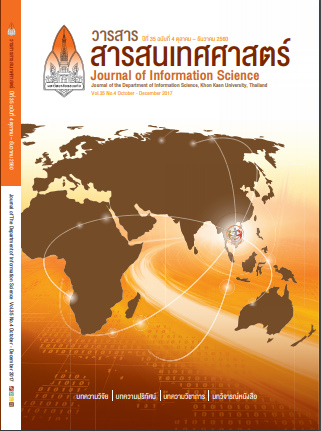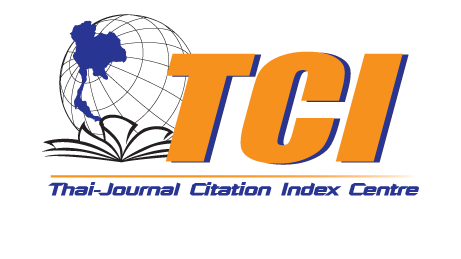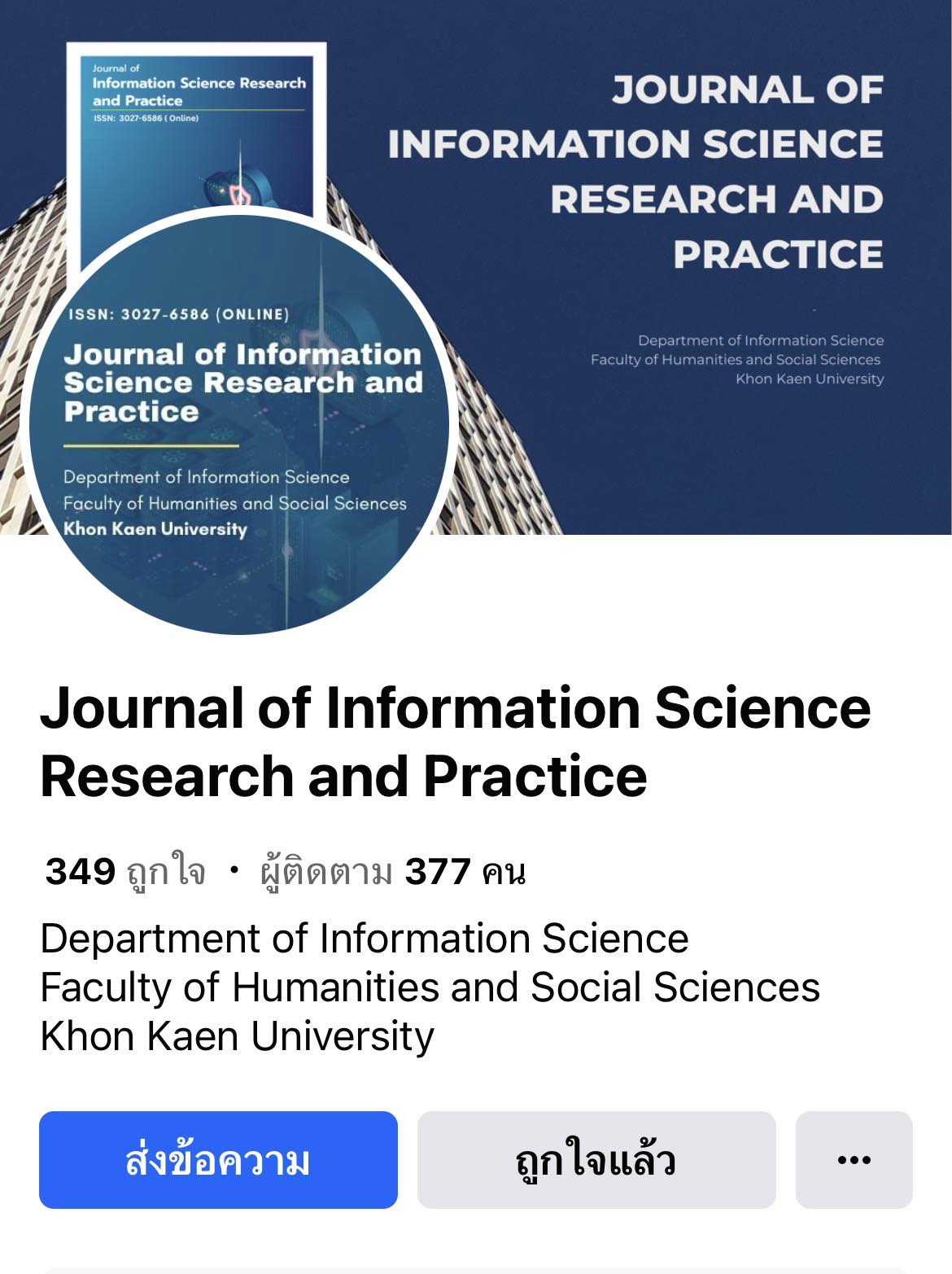The State of Knowledge Management of Rajabhat Maha Sarakham University
Keywords:
Knowledge Management, Knowledge Management Processes, Rajabhat Maha Sarakham University, การจัดการความรู้, กกระบวนการในการจัดการความรู้, มหาวิทยาลัยราชภัฏมหาสารคามAbstract
This research article aims to present the state of knowledge management of Rajabhat Maha Sarakham University. It is a part of a research aiming to find factors affecting the knowledge management of Rajabhat Maha Sarakham University. The research employed the survey methodology. The data collection employed a questionnaire developed along the guideline on how to carry out knowledge management, issued by the Office of Public Sector Development Commission. The population comprised 1,017 teaching staff and personnel of Rajabhat MahaSarakham University, of whom 587 (57.72 pecent) returned the questionnaires. The statistics employed in the analysis of data were percentage, the mean, and standard deviation.
The results revealed that the knowledge management of Rajabhat Maha Sarakham University, on the whole, was at a high level. When considered process by process, it was found that the aspect having the highest mean was the knowledge creation and acquisition. In this process, the important actions were: acquisition of essential knowledge from inside and outside the organization such as having visiting trainers to give training, or sending personnel to get training outside. There was preserving of old knowledge and discarding of unused knowledge, and also there was learning from others’ successes which were the best practice that could be adjusted to the work, and there was comparison of knowledge. The second highest aspect was learning. The important actions were: using knowledge to increase work efficiency, to make the work better, and using knowledge to create new body of knowledge. The next aspect was knowledge identification. The important actions were: analysis of essential knowledge for pushing ahead the strategy, considerations of visions and missions in order to set the goals of knowledge management. Regarding knowledge organization, the important actions were: compilation of tacit knowledge, and the knowledge was kept in different media. Concerning knowledge sharing, the important actions were: knowledge sharing activities such as community of practice (CoP) and the after action review (AAR), and there was knowledge sharing such as the mentoring system, job rotation, cross functional team, and secondment for knowledge sharing and more work experiences. Regarding knowledge access, the important actions were: access to knowledge, information, and data in the website of the organization, and access to knowledge and information on the noticeboard of the organization. And the aspect with the lowest mean was knowledge codification and refinement. The important actions were: improvement of the content of the data for quality that is reliable and consistent with the needs of the personnel, and examination to make sure that the data are correct and there is no redundancy








